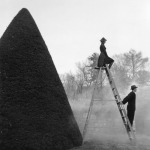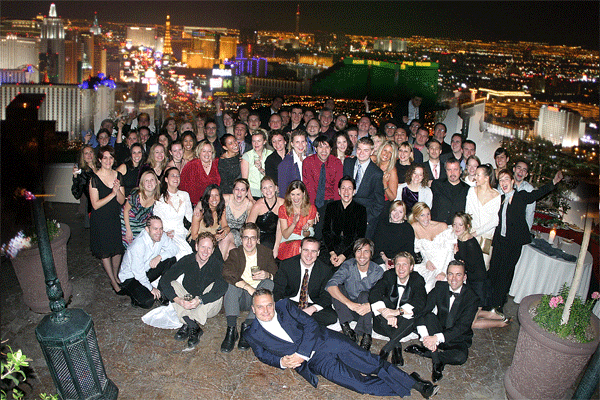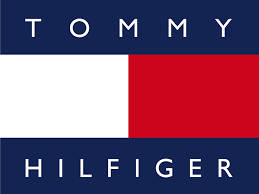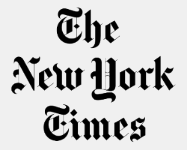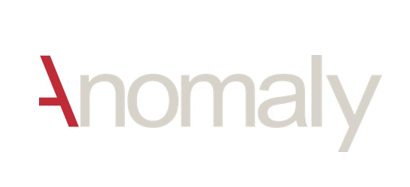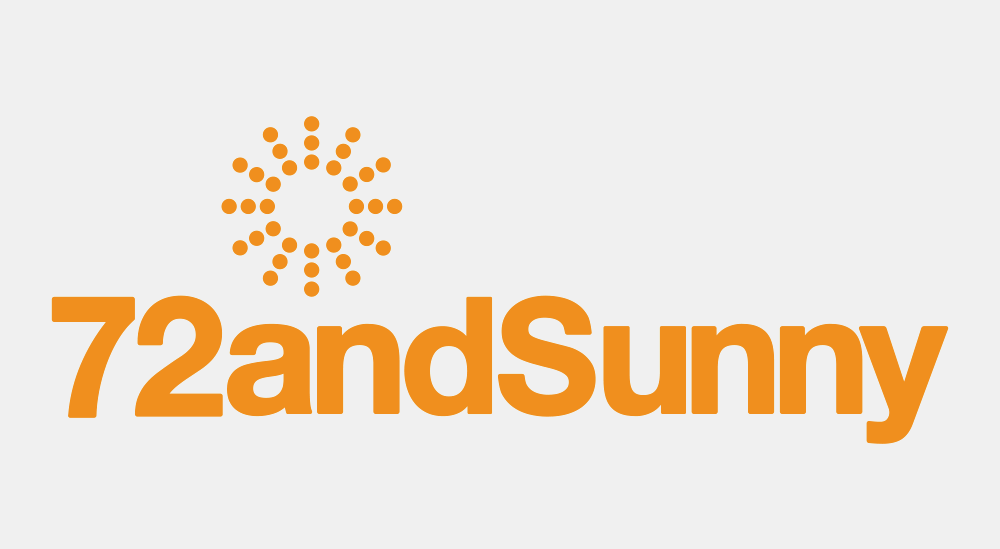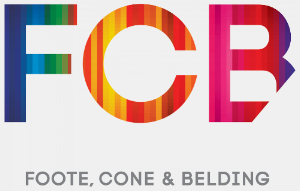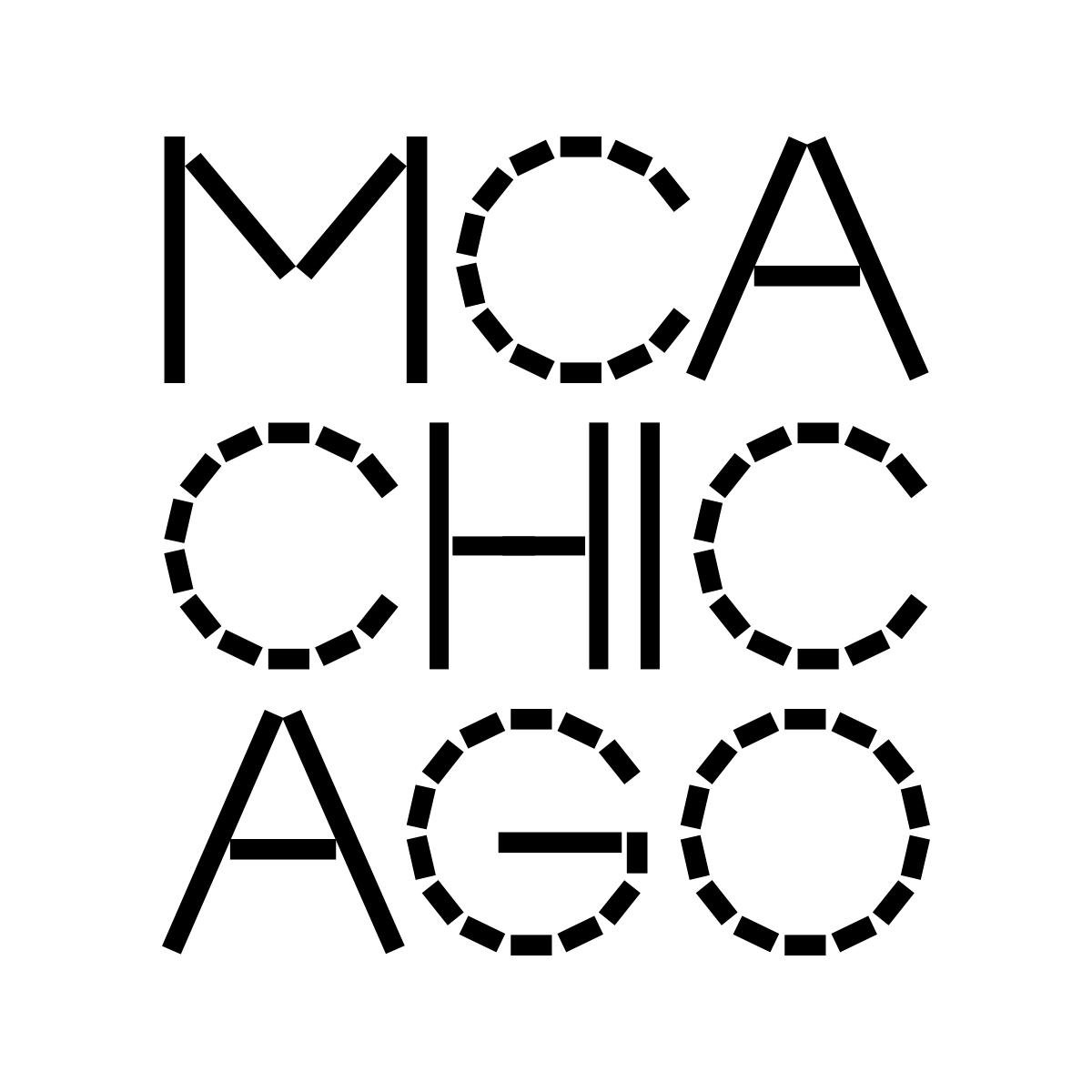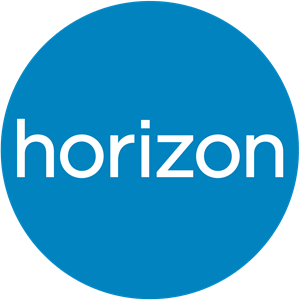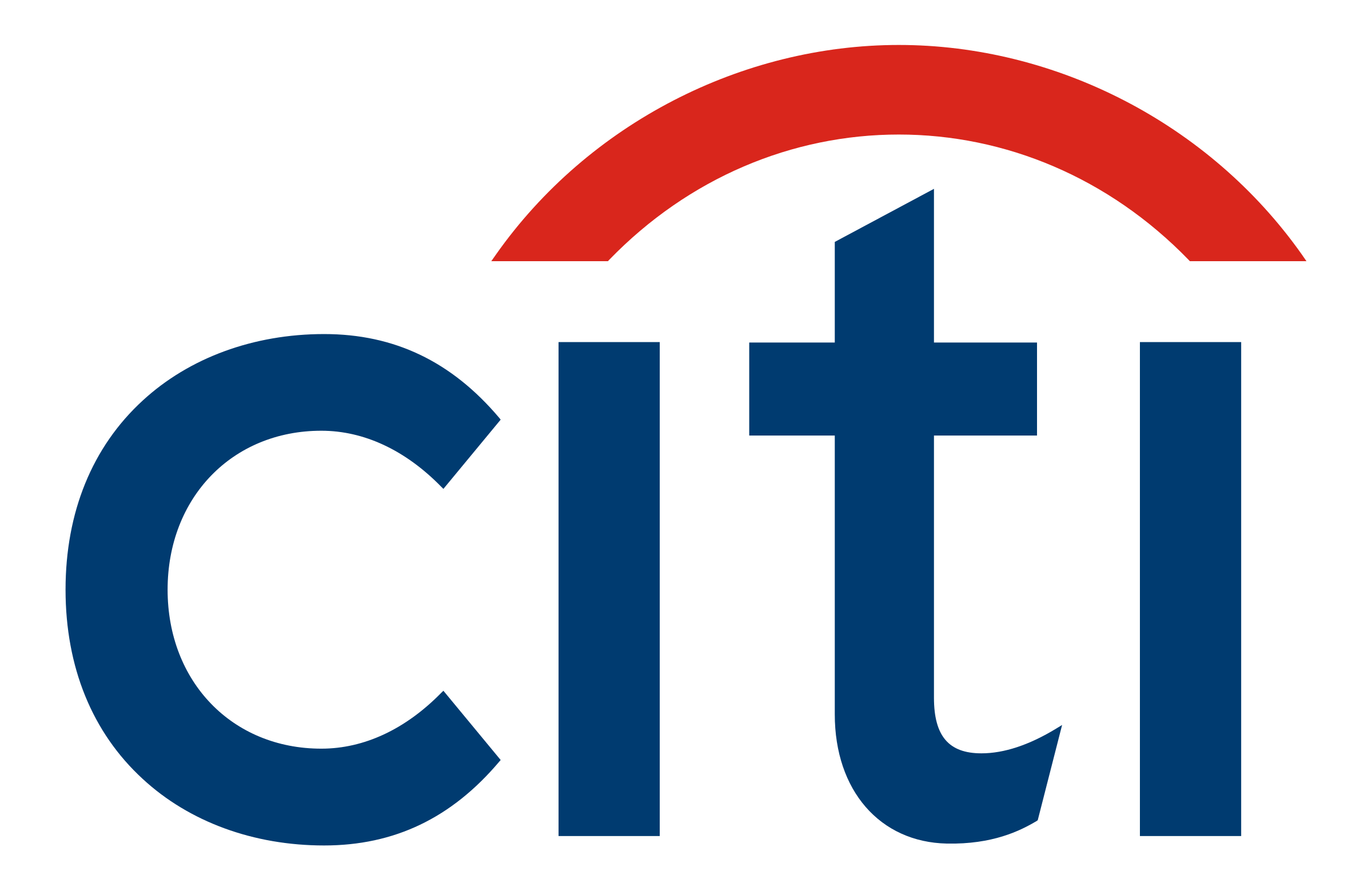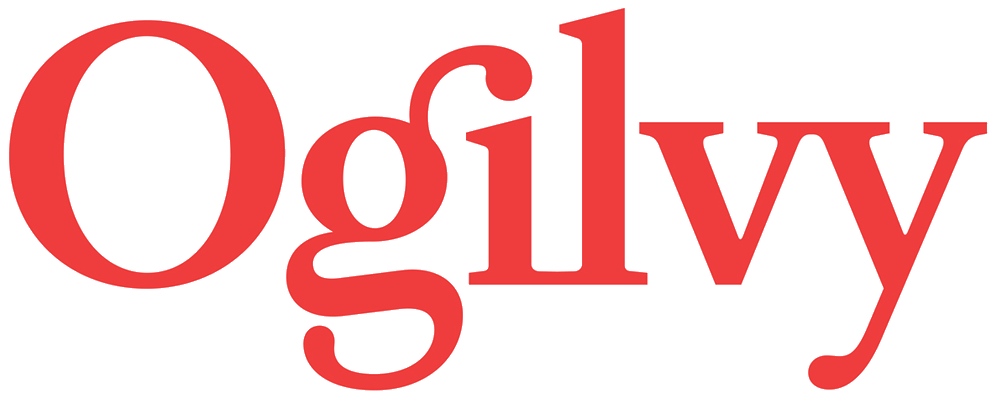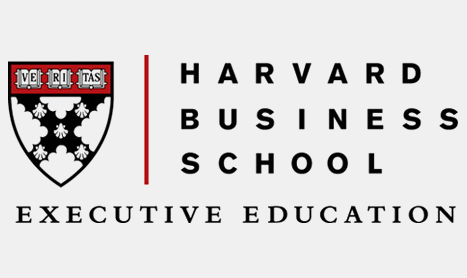At 6:15pm on Friday, May 13th, 2005, Chris and I turned off the lights, set the alarm, and left the Chicago office of the Whitehouse for the last time.
It was the culmination of a plan we had laid out eleven years before when the idea of starting an international film editing business had first entered our consciousness.
Our goal had been to build the best film editing company in the world. We reasoned that if we were going to work every day at something, there was no reason to aspire to be less than the best the world had ever seen. We might not get there. But we should try.
We defined best on a variety of levels. Quality of work; financial performance; career opportunity for staff; honesty; transparency, level of service. We wrote them down and worked to hold onto those standards every day for eleven years. We measured our progress against them relentlessly. That gave us the framework we needed to stay on track through all the good times and bad.
We were also guided by a Terence Conran quote that Chris wrote on a sticky and stuck on her office phone. “Stay humble and nervous.”
In October 1994 we left our jobs at DDB Chicago and formed The Lookinglass Company - a small Chicago film editing boutique - with a lot of financial backing from an angel investor. There were many things that were incredible about that relationship. And a few that, over time, got in the way.
That's true of every relationship based on money, and the more you can think the issues through up front, the longer the relationship will work for both sides. The challenge in all aspects of running a business is to know what you don't know. And that can be expensive knowledge to acquire through experience.
One thing we never forgot was that we were in a service business, and we spent a lot of time talking to our clients about their problems. We also never lost sight of the fact that our success would be determined by our ability to solve their problems. Not our ability to solve ours.
To claim that we foresaw every issue and every obstacle would not be true. But whenever we were confronted by something unexpected we had a philosophy and a frame of reference by which to approach it. That gave us the confidence to make decisions and the confidence to make mistakes. In either case we knew we could learn something because we had a plan against which to measure the results. When it comes to analyzing information, context is everything.
"You have to see where you’re going before you can see where you’re not."
We went through a lot of the typical start-up pains, and a lot that were less typical. We learned the difference between cash flow and profitability, that not all employees were equally capable of the same level of growth no matter how much we believed in them. We discovered the benefits and downside of bank loans versus investor loans, of having beautiful - and expensive - office space, of working with friends.
We came to understand value engineering. We were given a hard lesson in the importance of recognizing and maintaining leverage in any negotiation. We saw that the work of a logo designer can impact the work of up to a dozen other suppliers, and we learned the cost and benefit of thinking through each and every one of those steps.
We thought through every detail. We thought.
Until we got a call that a client was actually going to hire us for the first time and were on their way over. Suddenly, we took stock. We had the windows, the wiring, the rugs, the computers, the cables, the labels, the phones, the pencils, the paper, the heating, the cooling and the invoicing numbering sequence.
What we did not have were any coffee cups.
As we ran out to Crate and Barrel, we had no idea what lay ahead. What if this turned out to be our one and only client? What if we had just opened a very beautiful mausoleum.
Either way, we were in business. With a paying customer.
At least we could say that much.

